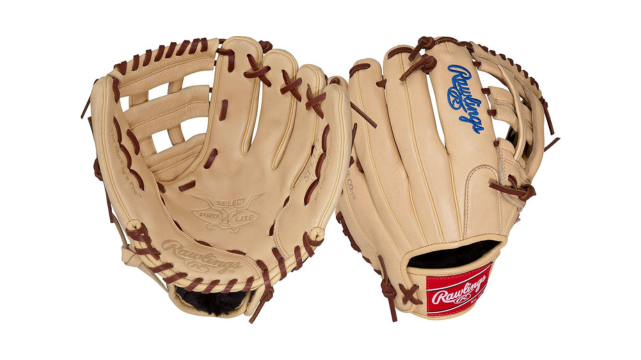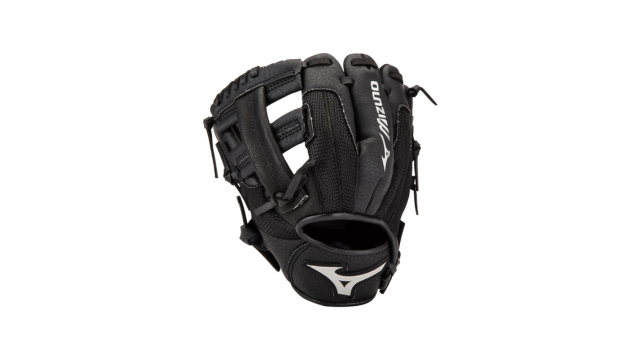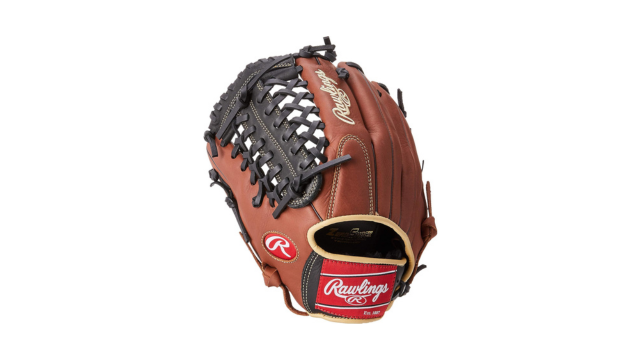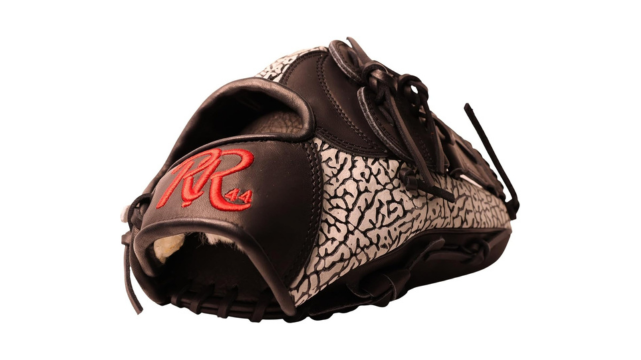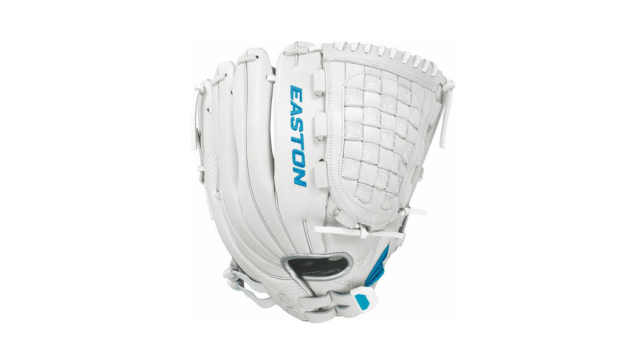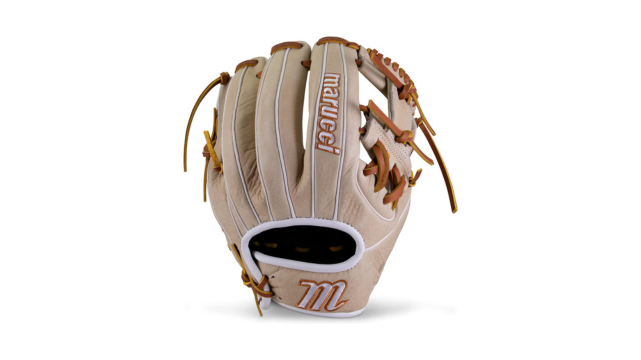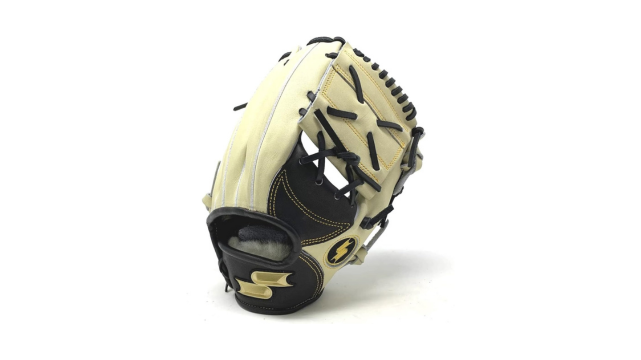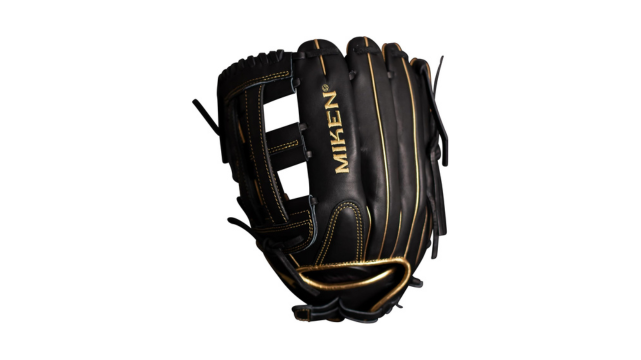Find the perfect glove to elevate your performance on the field with this selection of top baseball gloves. Whether you’re a seasoned pro or just starting, having the right glove can make all the difference. From durable materials to innovative designs, these gloves are crafted to provide excellent grip, comfort, and flexibility. Suitable for all positions, these options cater to various player preferences, ensuring a customized fit and enhanced control. Get ready to dominate the diamond with a glove tailored to your game.
Best Baseball Gloves Buying Guide
A baseball glove is more than just a piece of equipment; it’s an extension of the player’s hand and a crucial tool for success on the field. Whether you’re a seasoned veteran or a newcomer to the sport, having the right glove can significantly impact your performance and enjoyment of the game. A well-chosen glove enhances your ability to catch, field, and control the ball, ultimately improving your overall gameplay. It’s not just about comfort; the right glove can boost your confidence, allowing you to focus on the game rather than worrying about your equipment. With numerous options available, selecting the perfect baseball glove requires careful consideration of various factors to ensure you find the one that best suits your needs, position, and playing style.
Key Factors to Consider When Choosing a Baseball Glove
Glove Size and Position Specificity
The size of your baseball glove is crucial and largely depends on your position on the field. Infielders typically prefer smaller gloves, ranging from 11 to 11.75 inches, which allow for quick transfers from glove to throwing hand. Shortstops and second basemen often opt for the smaller end of this range for maximum agility. Third basemen might choose a slightly larger glove, around 11.5 to 12 inches, to handle hard-hit balls. Outfielders, on the other hand, benefit from larger gloves, usually between 12 and 13 inches, to maximize their reach and catching area for fly balls. First basemen and catchers use specialized mitts designed for their unique roles. First base mitts are typically 12 to 13 inches long with a unique, curved shape to scoop balls out of the dirt. Catcher’s mitts are measured by circumference rather than length, usually ranging from 32 to 34 inches, and are heavily padded to handle fast pitches. Pitchers’ gloves are generally 11.5 to 12 inches and often have closed webbing to conceal grip and hand placement.
Material and Durability
The material of your baseball glove plays a significant role in its performance, feel, and longevity. Leather is the traditional and most popular choice for baseball gloves, offering excellent durability and a classic feel. Full-grain leather is the highest quality, providing superior durability and developing a nice patina over time. Steerhide and cowhide are common leather types, with steerhide being slightly more durable but also more expensive. Some gloves use treated leather that’s more water-resistant and requires less break-in time. Synthetic materials are sometimes used in youth gloves or budget-friendly options. These gloves are lighter and require little to no break-in time but generally don’t last as long as leather gloves. For serious players, investing in a high-quality leather glove is often worth the extra cost due to its superior performance and longevity.
Web Design and Style
The web of a baseball glove is the interlaced portion between the thumb and forefinger, and its design can significantly affect fielding performance. There are several web styles, each with its advantages. Open webs, such as the H-web or I-web, are popular among outfielders and third basemen as they allow for quick visual tracking of fly balls through the webbing. Closed webs, like the basket web or trapeze web, offer more support for catching hard-hit balls and are favored by pitchers to hide their grip. Modified trap webs provide a balance between visibility and pocket security, making them versatile for various positions. The choice of web design often comes down to personal preference and position-specific needs. Some players prefer certain web styles for their aesthetic appeal as well as their functional benefits.
Glove Break-In and Comfort
The break-in process is a crucial aspect of owning a new baseball glove. A well-broken-in glove conforms to your hand, providing better control and a more secure feel when catching. Some gloves come pre-broken in, which can be convenient but may not offer the same customized fit as a glove you break in yourself. Traditional break-in methods include playing catch regularly, using glove oil or conditioner (sparingly), and using a mallet to soften the leather. The pocket, or the catching area of the glove, should be shaped during this process to suit your playing style. Comfort is paramount, so pay attention to how the glove feels on your hand. Look for features like wrist adjustments, finger padding, and breathable linings that can enhance comfort during long games or practices. Remember that a glove that feels uncomfortable in the store is unlikely to improve significantly with use, so take the time to find one that feels right from the start.
Palm and Padding
The palm area of a baseball glove is crucial for both protection and feel. Different levels of padding are available to suit various preferences and positions. Infielders often prefer less padding for better ball control and quicker transfers, while outfielders and first basemen might opt for more padding to absorb the impact of hard-hit balls or throws. Some gloves feature specialized padding materials or designs to reduce sting without adding bulk. The placement of the pad can also vary, with some gloves having extra padding in specific areas prone to hard impacts. Consider your position, playing level, and personal comfort when evaluating palm padding. It’s also worth noting that the feel of the palm padding can change as the glove breaks in, so factor this into your decision-making process.
Wrist Adjustment and Fit
A secure and comfortable fit around the wrist is essential for optimal glove control and performance. Many gloves come with adjustable wrist straps or closures that allow you to customize the fit. Velcro straps offer quick and easy adjustment, while laced closures provide a more traditional look and feel. Some high-end gloves feature both a Velcro strap and a laced option for maximum adjustability. The wrist opening size is another consideration; a larger opening can make it easier to get the glove on and off, while a smaller opening provides a snugger fit. Your personal preference and the ease of putting on and removing the glove, especially in game situations, should guide your choice. Remember that a glove that fits well at the wrist will help prevent it from rotating or slipping during play, ensuring more consistent performance.
Price and Value
Baseball gloves come in a wide range of prices, reflecting differences in material quality, craftsmanship, and brand reputation. While it’s tempting to opt for a less expensive glove, especially for younger players or beginners, investing in a higher-quality glove can often provide better value in the long run. Premium gloves made from top-grade leather will typically last longer, perform better, and provide a superior feel compared to budget options. However, this doesn’t mean you need to buy the most expensive glove available. Consider your level of play, how frequently you’ll use the glove, and your long-term commitment to the sport. For serious players or those in competitive leagues, spending more on a glove that will last several seasons and provide consistent performance can be a wise investment. For casual players or those just starting out, a mid-range glove might offer the best balance of quality and affordability. Always consider the glove’s construction, materials, and warranty when assessing its value, rather than focusing solely on the price tag.
Conclusion: Making an Informed Decision
Choosing the right baseball glove is a personal and important decision that can significantly impact your performance and enjoyment of the game. By carefully considering factors such as glove size, material, web design, break-in process, padding, wrist adjustment, and overall value, you can find a glove that not only fits your hand but also suits your playing style and position. Remember that while guidelines are helpful, personal comfort and feel should be your ultimate guide. Don’t rush the selection process; try on multiple gloves, if possible, and imagine how they’ll perform in game situations. Consider seeking advice from experienced players or coaches who can offer insights based on their years of play. Ultimately, the best baseball glove for you is one that feels like a natural extension of your hand, allowing you to field, catch, and play with confidence. With the right glove, you’ll be well-equipped to make those game-changing plays and enjoy America’s pastime to its fullest.

